1. Area 51, Nevada
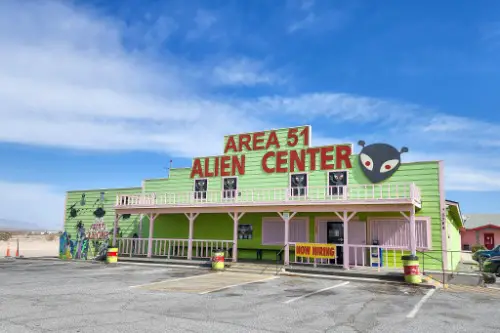
Area 51 is one of the most secretive military installations in the world, fueling endless conspiracy theories about aliens and UFOs. While curious tourists can visit the outskirts and take selfies by the “No Trespassing” signs, stepping beyond those markers is a serious crime, according to Rachel E. Greenspan from TIME Magazine. The airspace above it is also heavily restricted, making it one of the most well-guarded places in the country. Even government employees who work there can only access it via authorized flights from Las Vegas.
The base sits deep in the Nevada desert, far from any public infrastructure or amenities. No one lives there permanently—not even military personnel, who are transported in and out for shifts. Trespassers risk steep fines and possible jail time, as security forces have full authority to detain anyone caught sneaking in. If you’re looking for proof of extraterrestrial life, you’ll have to settle for a road trip to nearby Rachel, Nevada.
2. Alcatraz Island, California
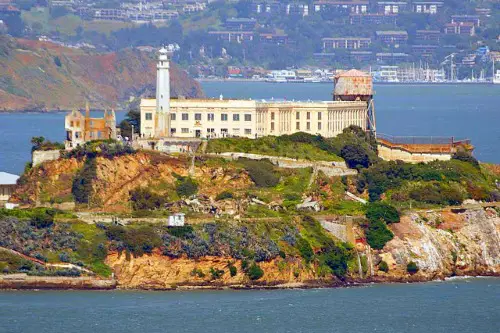
Once home to some of America’s most infamous criminals, Alcatraz Island is now a major tourist attraction. Visitors can take a ferry from San Francisco to explore the former prison and learn about its eerie history. However, no one is allowed to live there, as the National Park Service maintains strict control over the property. Even the last official residents, park rangers, stopped living there years ago.
Though the prison closed in 1963, the island remains isolated, with no public utilities or private housing. Any attempt to stay overnight without permission would be considered trespassing. The only people who occasionally get to stay are researchers and park employees on short assignments. If you’re tempted to squat, remember: the whole point of Alcatraz was that no one could escape!
3. The White House, Washington, D.C.
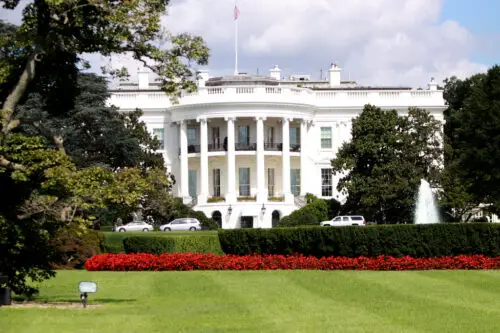
The White House might be the most famous residence in America, but unless you’re the sitting president or their family, you can’t live there. The historic mansion has been home to every U.S. president since John Adams, and it doubles as a working office and a symbol of democracy. While tourists can book a tour and walk through select areas, security is tighter than ever. Even VIP guests don’t get overnight privileges unless they have a direct invitation from the president, and visiting hours are very restricted, according to the White House’s official site.
Though the White House has over 100 rooms, it is strictly reserved for government business and the First Family. Even staff members, including high-ranking officials, don’t get to crash there after a long day. The security presence is immense, with armed guards and surveillance at all times. If you’re looking for a Washington, D.C. address, you’ll have to settle for an apartment in Georgetown instead.
4. The Pentagon, Virginia
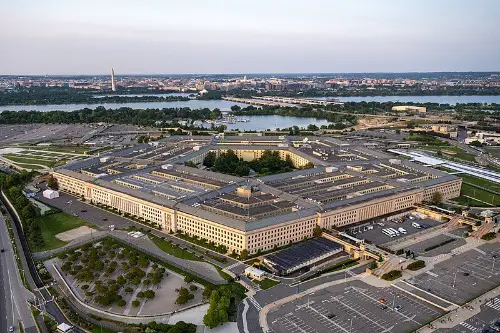
As the headquarters of the U.S. Department of Defense, the Pentagon is one of the most secure buildings in the country. While guided tours were once available to the public, they have been heavily restricted in recent years due to security concerns, according to the Pentagon Force Protection Agency. Even if you get permission to visit, you won’t be able to stay overnight—only authorized military and government personnel can access the building 24/7. Lodging is simply not an option, given the sensitive nature of the operations conducted inside.
Despite its status as a high-security facility, the Pentagon does have an impressive visitor center and memorials nearby. The 9/11 Memorial outside the building honors those lost in the 2001 attacks and is open to the public. However, if you’re looking to roam the halls freely, that’s not going to happen. Your best bet is to admire the building from the outside and visit the nearby museum exhibits instead.
5. North Brother Island, New York

North Brother Island, located in New York City’s East River, has a dark and eerie history. It once housed a quarantine hospital for contagious diseases, including the infamous “Typhoid Mary.” Today, the city owns it and has declared it a bird sanctuary, meaning no humans are allowed to live there. Even visiting requires special permission from the New York City Parks Department, according to Dave Mosher and Melissa Wiley from Business Insider.
The island’s abandoned buildings are crumbling, making it dangerous for explorers. Nature has taken over, with trees growing through old hospital rooms and birds nesting in the ruins. Despite its ghostly allure, the city enforces strict rules against unauthorized visits. If you’re intrigued by abandoned places, you’ll have to admire this one from afar.
6. Isle Royale, Michigan
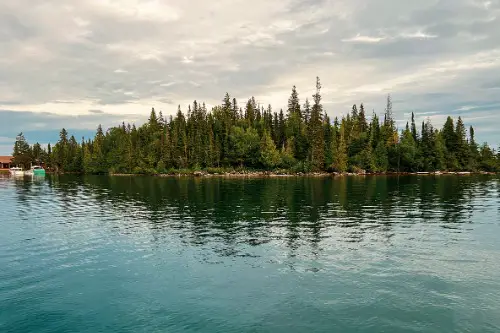
Isle Royale, located in Lake Superior, is a national park known for its rugged wilderness and unique wildlife. It’s a popular spot for hiking, canoeing, and wildlife watching, especially if you’re interested in seeing moose and wolves in their natural habitat. However, even though you can visit, you can’t just set up camp anywhere. The island has specific campsites, and camping outside designated areas is not allowed, limiting where you can stay overnight.
The island’s remote location means there are no hotels or resorts, making the experience feel like a true escape into nature. It’s only accessible by boat or seaplane, adding to its exclusivity. You can only stay in the designated campsites, and no one is allowed to build fires or camp in unapproved areas. While you can explore the park’s various trails and enjoy its stunning views, your stay will always be carefully regulated.
7. The McMurdo Station, Antarctica (U.S. Territory)
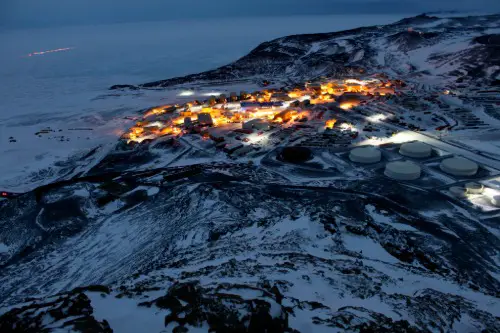
The McMurdo Station is the largest research station in Antarctica and a hub for scientific exploration. Though it’s technically part of the U.S. territory, only scientists and support staff working on research projects are allowed to stay. Tourists can visit on guided expeditions, but there are strict rules in place that prevent overnight stays for non-research personnel. The extreme weather conditions and remote location make the station’s operations highly sensitive.
Visitors can sometimes tour the station during specialized travel packages, but it’s not a place to kick back and relax. Only people involved in scientific research or who are working for logistical support stay for extended periods. Any casual visitors must leave by the end of the day. Even if you’re fascinated by the Antarctic ecosystem, a stay in the station won’t be in your future unless you have the right credentials.
8. The United States Military Academy, New York
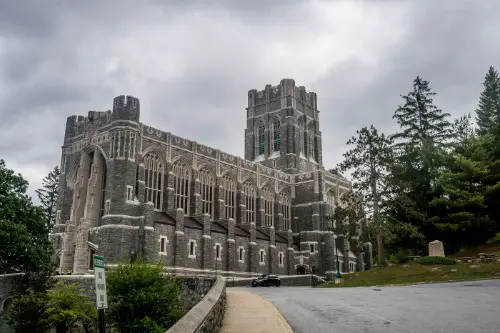
West Point, located on the banks of the Hudson River in New York, is a prestigious military academy and a National Historic Landmark. While you can visit its impressive campus and museums, the academy is a strictly controlled environment where only cadets and authorized personnel are allowed to stay. There are no hotels or public accommodations within the grounds for tourists. You can tour its historic buildings, including the West Point Museum, but overnight stays are not permitted.
The campus is home to a rigorous training environment that fosters leadership and discipline, and visitors are expected to respect the cadet’s strict schedules. While you may catch sight of cadets in their uniforms and watch military demonstrations, you’ll never be able to wander the grounds like you would a public park. The exclusivity is part of what makes it such a respected institution. The only way to stay is by becoming a part of the institution itself.
9. The Mormon Pioneer National Historic Trail, Utah
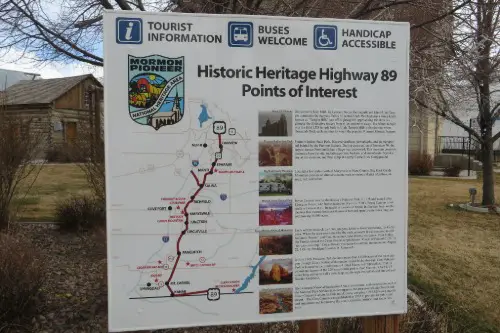
While the Mormon Pioneer National Historic Trail is open to hikers, backpackers, and history enthusiasts, there’s one aspect that many don’t realize: certain areas along the trail are off-limits for camping. Some sites along this route, especially those near historically sensitive areas or religious landmarks, prohibit overnight stays. These restrictions are meant to preserve the sanctity of the land and protect fragile historical sites. If you’re planning to visit, be sure to check regulations regarding where you can camp overnight.
The trail runs through multiple states, but it’s in Utah where certain areas, particularly those around the iconic Salt Lake Valley, are legally restricted. This is in part due to religious and cultural significance to the Mormon community. While you can hike and explore, you’ll need to follow rules for camping or overnight stays carefully. Those hoping to immerse themselves in the pioneer experience must adhere to park regulations, or risk getting booted off the trail.
10. The Zone of Death, Idaho
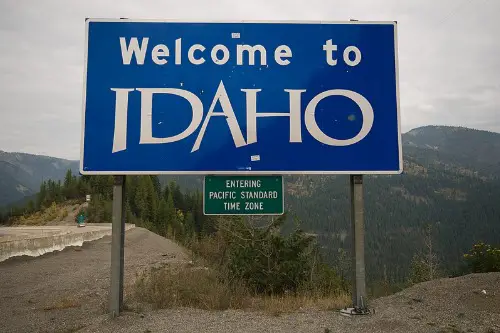
The Zone of Death in Idaho is a bizarre and mysterious part of the U.S. that has caught the attention of legal experts and conspiracy theorists alike. It refers to a loophole in the law where part of Yellowstone National Park falls within Idaho, but due to a quirk in the legal jurisdiction, it technically lacks federal representation for criminal cases. While you can visit the area, which is a pristine part of the park filled with stunning landscapes and wildlife, you definitely cannot stay overnight. The park itself has specific regulations for camping, and those that apply to the Zone of Death are even stricter.
The loophole has caused a lot of intrigue because if someone were to commit a crime in this area, it could potentially lead to no prosecution due to the lack of a proper legal jurisdiction. Despite its notoriety, there are no designated campgrounds within the zone, and any attempt to stay outside the official campsites would be illegal. The zone itself is wild and remote, with few visitors because of the logistical challenges of accessing the area. Even though it’s a popular spot for day hikes and sightseeing, there’s no legal way to camp or stay overnight in this strange region.
11. Mount Rushmore, South Dakota
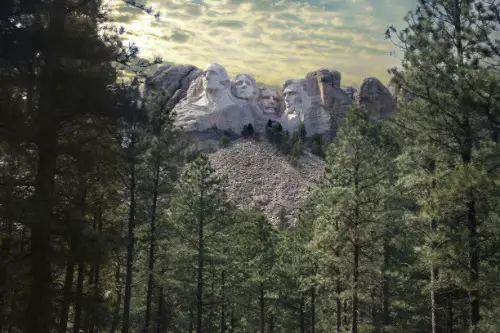
Mount Rushmore, one of the most iconic landmarks in the United States, is known for its monumental sculptures of past U.S. presidents. While visitors are welcome to tour the site, admire the carvings, and take in the surrounding views, overnight stays are strictly forbidden. There are no accommodations directly on the monument’s grounds, and the area is managed by the National Park Service. The park closes overnight to prevent any disturbances to the site.
Although visitors can explore the park during daylight hours, the area is not a place where you can set up camp or park overnight. If you want to stay nearby, there are plenty of hotels in the surrounding area, but the site itself is closed at night. You can enjoy a scenic evening view from afar, but it’s a definite no-go for camping. The rules are in place to protect both the monument and the park’s natural resources.
12. The Everglades, Florida
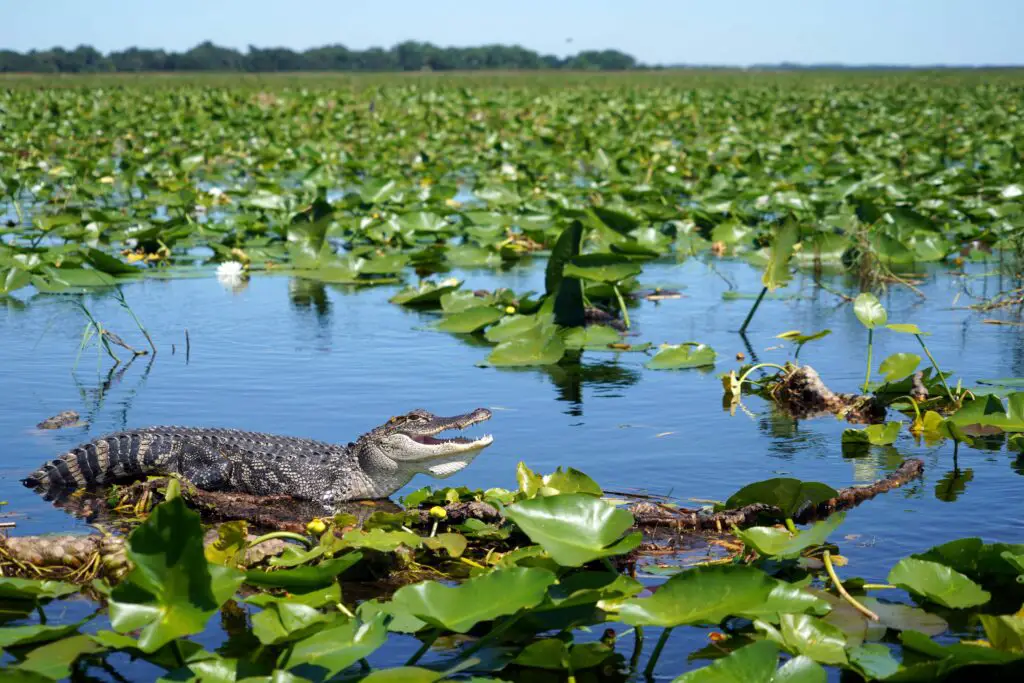
The Everglades National Park is one of the most unique ecosystems in the U.S., home to diverse wildlife and protected wetlands. While it’s possible to visit and explore the park’s vast trails and waterways, you can’t just pitch a tent wherever you please. Specific camping areas are designated within the park, and visitors must stick to these sites. Camping in unauthorized areas could lead to fines and other penalties, as the environment is fragile and highly protected.
The Everglades are home to alligators, panthers, and other wildlife that could make for dangerous encounters if you’re off-trail or camping illegally. The National Park Service closely monitors the area to protect both visitors and wildlife. While you can embark on guided tours or overnight excursions, free camping is not an option. Strict regulations are in place to preserve the habitat and ensure visitor safety, so always plan your camping trips carefully.
13. The National Security Agency (NSA), Maryland
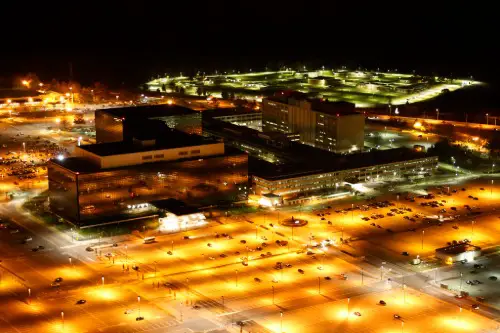
The National Security Agency (NSA) in Fort Meade, Maryland, is one of the most secretive government institutions in the country. Visitors cannot freely enter the building or the surrounding grounds, as it’s a high-security area that handles sensitive national security operations. While there are tours of the nearby National Cryptologic Museum, you certainly won’t be allowed to stay overnight at the NSA. Its operations are classified, and it’s a no-go zone for civilians looking for a place to stay.
You can, however, take a guided tour of the museum and learn about cryptography and espionage, but that’s as close as most people get to the NSA’s headquarters. The campus is off-limits to the public for obvious security reasons, and staying is out of the question. Despite the museum’s availability, there are no public accommodations anywhere nearby that would allow for an overnight visit. Any attempt to breach the NSA’s restrictions is a federal offense.
14. Disney’s Discovery Island, Florida
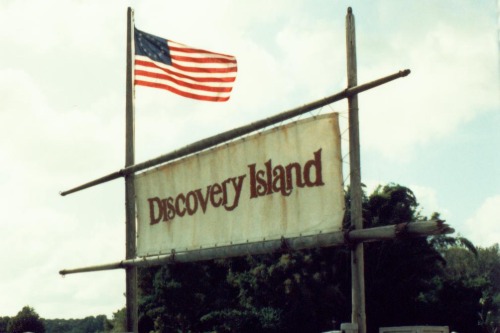
Disney’s Discovery Island was once a tropical zoo in the middle of Bay Lake, but today, it’s completely abandoned. The island, which operated from 1974 to 1999, was home to exotic animals and lush scenery. Now, it’s closed to the public, and Disney has left it untouched for decades. Security patrols ensure that no one tries to turn it into their own personal island retreat.
In 2020, a man was caught camping on the island, claiming he didn’t realize it was private property. He was quickly arrested and banned from Disney property for life. The island is not maintained, meaning it’s overgrown, infested with bugs, and possibly unsafe. While you can glimpse it from the shores of Disney’s resorts, stepping foot there could land you in legal trouble.
15. The Superdome, Louisiana
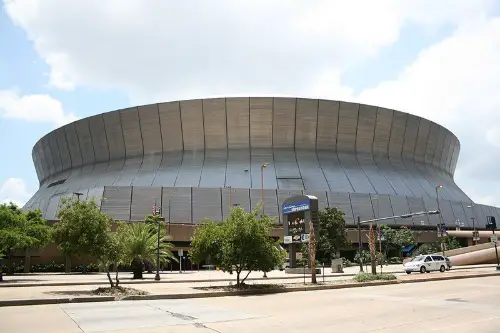
The Mercedes-Benz Superdome in New Orleans is a premier venue for sports, concerts, and large-scale events. It’s a place where thousands of fans gather for football games, concerts, and Mardi Gras festivities. However, it’s not a place where you can just spend the night, even if you’re there for a big event. The Superdome doesn’t offer overnight accommodations and is closed to the public after events conclude.
Though it’s been used for emergency shelters in the past, such as during Hurricane Katrina, the venue is not intended for long-term stays. The Superdome is built for large-scale events, with rooms designed for gathering, not resting. After an event, you’re expected to head back to your hotel or home, as the venue is locked down until the next big event. The rules are clear: come for the game, but don’t expect to sleep on the turf.


